Home>Home Appliances>Laundry Appliances>What Is A Washing Machine


Laundry Appliances
What Is A Washing Machine
Modified: October 21, 2024
Discover the benefits of laundry appliances with our guide on what a washing machine is and how it simplifies your laundry routine. Explore the features and types of laundry appliances.
(Many of the links in this article redirect to a specific reviewed product. Your purchase of these products through affiliate links helps to generate commission for Storables.com, at no extra cost. Learn more)
Introduction
Washing machines have become an indispensable part of modern life, revolutionizing the way we clean our clothes and linens. These remarkable appliances have simplified and streamlined the laundry process, saving us valuable time and effort. Whether you're a homeowner, renter, or laundromat operator, chances are you rely on a washing machine to keep your fabrics fresh and clean.
In this article, we will delve into the fascinating world of washing machines, exploring their history, types, functionality, and environmental impact. By the end of this journey, you will have a comprehensive understanding of these essential appliances and the role they play in our daily lives.
Let's embark on this exploration of washing machines, uncovering the technology, innovation, and practicality that have made them a cornerstone of modern household management.
Key Takeaways:
- Washing machines have come a long way from ancient methods to modern marvels, offering convenience, efficiency, and fabric care. They’ve revolutionized laundry, making life easier for everyone.
- Understanding the different types of washing machines empowers consumers to choose the best fit for their needs, whether it’s top-loading, front-loading, compact, portable, high-efficiency, or smart models.
Read more: What Washer Setting For Blankets
History of Washing Machines
The history of washing machines is a testament to human ingenuity and the relentless pursuit of convenience. The need to clean clothes and textiles has been a constant throughout history, and various methods were employed to achieve this. The earliest evidence of washing clothes dates back to ancient civilizations, where garments were cleaned by pounding them on rocks or scrubbing them in streams. As societies evolved, so did the methods of laundry, leading to the invention of the first mechanical washing devices.
The first patented washing machine, known as the "scrubber," emerged in the 18th century. This hand-cranked wooden contraption revolutionized the laundry process by agitating clothes in a tub of soapy water. However, it was not until the 19th century that significant advancements in washing machine technology occurred. The introduction of the first commercially successful hand-powered washing machine in 1858 by Hamilton Smith marked a pivotal moment in the history of laundry appliances.
The late 19th and early 20th centuries witnessed a surge in washing machine innovation, with inventors striving to create more efficient and automated devices. The introduction of electric-powered washing machines in the early 1900s transformed the landscape of laundry care, offering unprecedented convenience to households. These early electric models, though rudimentary by today's standards, laid the foundation for the sophisticated washing machines we rely on today.
The mid-20th century brought about further advancements in washing machine design, including the integration of automatic controls, spin cycles, and the introduction of front-loading models. These innovations not only improved the efficiency of washing machines but also enhanced the quality of fabric care. The latter half of the 20th century saw the widespread adoption of washing machines in households across the globe, cementing their status as an essential domestic appliance.
In recent decades, the evolution of washing machines has been characterized by a focus on energy efficiency, water conservation, and the integration of smart technologies. Modern washing machines boast an array of features designed to minimize environmental impact while delivering superior cleaning performance. From top-loading to front-loading, from agitator-based to impeller-driven, the history of washing machines reflects a remarkable journey of innovation and progress, shaping the way we approach laundry care in the 21st century.
Types of Washing Machines
When it comes to washing machines, consumers are presented with a diverse array of options, each designed to cater to specific needs and preferences. Understanding the different types of washing machines is crucial for making an informed purchasing decision. Let's explore the various categories of washing machines available in the market today:
-
Top-Loading Washing Machines:
- These traditional models feature a vertical drum orientation, allowing users to load and unload laundry from the top. They are known for their ease of use and typically have shorter wash cycles. Top-loading washing machines are available in both agitator and impeller designs, offering different mechanisms for fabric agitation.
-
Front-Loading Washing Machines:
- Front-loading machines have gained popularity for their superior cleaning performance and energy efficiency. They feature a horizontal drum orientation, enabling users to load laundry through a door at the front of the machine. These models are known for their gentle yet thorough fabric care and are often favored for their larger capacity and water-saving capabilities.
-
Compact Washing Machines:
- Ideal for small living spaces or as a secondary laundry solution, compact washing machines are designed to deliver powerful performance in a space-saving package. These machines are available in both top-loading and front-loading configurations, offering versatility for users with limited space.
-
Portable Washing Machines:
- Perfect for outdoor activities, camping trips, or small apartments, portable washing machines are lightweight and compact, allowing for convenient transport and storage. They are often manually operated and do not require a permanent water connection, making them a practical choice for on-the-go laundry needs.
-
High-Efficiency (HE) Washing Machines:
- HE washing machines are engineered to minimize water and energy consumption while delivering exceptional cleaning results. These models are designed to use less water during the wash cycle, making them an environmentally conscious choice for eco-minded consumers.
-
Smart Washing Machines:
- With the integration of smart technology, modern washing machines offer advanced features such as Wi-Fi connectivity, remote control capabilities, and customized wash cycles. Smart washing machines provide users with enhanced convenience and control over their laundry routines, allowing for seamless integration into smart home ecosystems.
Understanding the unique characteristics and benefits of each type of washing machine empowers consumers to select the model that best aligns with their lifestyle, space constraints, and laundry preferences. Whether prioritizing efficiency, space optimization, or advanced technology, there is a washing machine tailored to meet every individual's needs.
How Washing Machines Work
Washing machines, marvels of modern engineering, operate on a sophisticated yet elegantly simple mechanism to cleanse our clothes effectively. Understanding the inner workings of these appliances unveils the intricate choreography of components that collaborate to deliver immaculate laundry results.
The washing process commences with the loading of soiled clothes into the drum, the heart of the washing machine. Once the desired wash cycle is selected and initiated, the machine fills with water, a crucial step that sets the stage for the cleansing ritual. The water level is regulated based on the selected load size, ensuring optimal cleaning performance while conserving resources.
As the drum fills, the detergent dispenser releases the appropriate amount of detergent, which dissolves in the water to form a cleansing solution. Simultaneously, the agitator or impeller, depending on the machine's design, initiates the mechanical action that agitates the clothes, dislodging dirt and grime from the fabric fibers. This vigorous agitation, combined with the detergent solution, forms the cornerstone of the washing process, effectively lifting and suspending soil particles for thorough removal.
The next phase, the rinse cycle, involves draining the soapy water and refilling the drum with fresh water to eliminate residual detergent and suspended soil. This meticulous rinsing process ensures that the clothes are left pristine and free from detergent residue, preserving their texture and color vibrancy.
Following the rinse, the spin cycle takes center stage, as the drum accelerates to high speeds, harnessing centrifugal force to expel excess water from the garments. This rapid spinning action effectively extracts moisture from the clothes, expediting the drying process and reducing the overall drying time required.
Throughout this choreographed sequence of events, the washing machine's control panel orchestrates the entire operation, regulating water temperature, cycle duration, and spin speed to deliver optimal cleaning results tailored to the specific fabric types and soil levels.
In essence, the harmonious interplay of water, detergent, mechanical agitation, rinsing, and spinning encapsulates the essence of how washing machines work. This symphony of actions, meticulously choreographed within the confines of the washing machine, culminates in the restoration of cleanliness and freshness to our cherished garments, ensuring that we step out into the world with confidence and comfort.
This intricate dance of technology and innovation, concealed within the unassuming exterior of the washing machine, exemplifies the remarkable fusion of science and practicality that enriches our daily lives.
Common Washing Machine Features
Washing machines are equipped with a myriad of features designed to enhance functionality, convenience, and fabric care. These features cater to diverse laundry needs and preferences, empowering users to customize their washing experience while ensuring optimal cleaning performance. Let's explore some of the common features found in modern washing machines:
-
Multiple Wash Cycles: Modern washing machines offer a range of wash cycles tailored to specific fabric types and soil levels. From delicate and quick wash cycles to heavy-duty and allergen-removal settings, these diverse options accommodate various laundry requirements, ensuring thorough cleaning without compromising fabric integrity.
-
Water Level and Load Sensing: Many washing machines are equipped with sensors that detect the size of the laundry load and adjust the water level accordingly. This feature optimizes water usage, promoting efficiency while delivering consistent cleaning results for both small and large loads.
-
Temperature Control: The ability to select wash water temperatures allows users to customize the cleaning process based on fabric care recommendations and soil types. Whether it's hot, warm, or cold water, temperature control ensures that clothes are treated with the appropriate heat levels for effective stain removal and preservation of fabric quality.
-
Extra Rinse Option: For individuals with sensitive skin or those seeking to remove excess detergent residue, the extra rinse feature provides an additional rinse cycle to thoroughly cleanse the clothes, promoting comfort and cleanliness.
-
Delay Start: This convenient feature enables users to schedule the start of a wash cycle at a later time, accommodating busy lifestyles and allowing for off-peak energy usage. Whether it's setting the machine to start while you're away or during non-peak hours, the delay start feature offers flexibility and convenience.
-
Child Lock: Safety is paramount, especially in households with young children. Washing machines equipped with a child lock feature provide peace of mind by preventing unintended cycle interruptions or adjustments, ensuring a secure laundry environment.
-
Quiet Operation: Many modern washing machines are designed with noise reduction features, minimizing operational sound levels for a quieter laundry experience. This is particularly beneficial for households where laundry areas are in close proximity to living spaces.
-
Automatic Dispensers: Integrated detergent, fabric softener, and bleach dispensers automate the dispensing process, ensuring precise and efficient distribution of laundry additives throughout the wash cycle, simplifying the laundry routine.
These common features exemplify the versatility and innovation present in modern washing machines, catering to a spectrum of user preferences and laundry demands. By incorporating these advanced functionalities, washing machines have evolved to offer not only superior cleaning performance but also enhanced user convenience and fabric care, elevating the laundry experience to new heights.
Read more: What Is Impeller Washer
Maintenance and Care for Washing Machines
Proper maintenance and care are essential for ensuring the longevity and optimal performance of washing machines. By implementing routine maintenance practices and adopting mindful usage habits, users can safeguard their investment and minimize the risk of malfunctions or premature wear and tear. Here are key maintenance tips to preserve the functionality and efficiency of washing machines:
Regular Cleaning:
- Drum and Door Seal: Periodically clean the drum and door seal to remove any accumulated residue, lint, or debris. This helps prevent unpleasant odors and maintains a hygienic washing environment.
- Detergent Dispenser and Filters: Clean the detergent dispenser and filters to prevent clogging and ensure proper detergent and water flow during the wash cycle.
Load Management:
- Balanced Loads: Avoid overloading the washing machine, as this can strain the motor and suspension system. Similarly, washing small loads may lead to imbalance during the spin cycle, potentially causing excessive wear on the machine.
Maintenance Checks:
- Inspect Hoses and Connections: Regularly examine the inlet and outlet hoses for signs of wear, leaks, or blockages. Ensure that the connections are secure to prevent water damage and maintain efficient water supply and drainage.
Read more: What Is An Agitator Washer
Detergent Usage:
- Use Recommended Detergents: Adhere to the manufacturer's guidelines regarding the type and quantity of detergent to use. Using excessive detergent can lead to soap buildup and affect the machine's performance.
Preventative Measures:
- Limescale Removal: In areas with hard water, consider using limescale removers or descaling agents to prevent mineral buildup in the washing machine's internal components.
Maintenance Schedule:
- Professional Servicing: Consider scheduling periodic professional servicing to inspect and maintain the internal components, electrical systems, and mechanical parts of the washing machine.
By incorporating these maintenance practices into their laundry routine, users can prolong the lifespan of their washing machines and ensure consistent cleaning performance. Additionally, following the manufacturer's specific maintenance recommendations outlined in the user manual is crucial for preserving warranty coverage and optimizing the appliance's durability.
These proactive measures not only contribute to the efficient operation of washing machines but also promote sustainable consumption by reducing the likelihood of premature replacements, aligning with eco-conscious living practices. Ultimately, a well-maintained washing machine serves as a reliable and enduring asset in the household, streamlining the laundry process and contributing to a well-managed and sustainable home environment.
Environmental Impact of Washing Machines
The widespread use of washing machines has undeniably transformed the way we approach laundry care, offering unparalleled convenience and efficiency. However, it is essential to recognize the environmental implications associated with these ubiquitous appliances. Understanding the environmental impact of washing machines is crucial for fostering sustainable consumption practices and minimizing their ecological footprint.
Water Consumption: One of the primary environmental considerations related to washing machines is water usage. Traditional top-loading washing machines, known for their higher water consumption, have given way to more water-efficient front-loading and high-efficiency (HE) models. These advancements in design and technology have significantly reduced the volume of water required per wash cycle, contributing to water conservation efforts and minimizing the strain on freshwater resources.
Energy Consumption: The energy demands of washing machines, particularly during the heating and spinning phases, are another aspect that warrants attention. However, the integration of energy-efficient features, such as temperature control settings, variable spin speeds, and advanced motor technologies, has led to substantial reductions in energy consumption. Additionally, the adoption of smart washing machines equipped with energy-saving modes and programmable schedules further enhances energy efficiency, aligning with sustainable energy usage objectives.
Detergent and Chemical Usage: The use of laundry detergents and additives can have environmental repercussions, particularly concerning water pollution and ecosystem impact. However, the emergence of eco-friendly detergents and phosphate-free formulations has mitigated the environmental impact of washing machine detergents. Furthermore, the implementation of automatic detergent dispensers in modern washing machines ensures precise and efficient detergent usage, minimizing excess chemical discharge into wastewater systems.
Longevity and Material Efficiency: The durability and lifespan of washing machines play a pivotal role in their environmental impact. By investing in high-quality, long-lasting appliances and adhering to proper maintenance practices, users can reduce the frequency of replacements and contribute to resource conservation. Additionally, the use of recycled materials in the manufacturing of washing machines and the implementation of eco-design principles further enhance their sustainability profile.
Overall, the environmental impact of washing machines has been significantly mitigated through technological advancements, regulatory standards, and consumer awareness. As consumers increasingly prioritize eco-friendly and energy-efficient appliances, manufacturers continue to innovate and integrate sustainable features into washing machine designs. By embracing these advancements and adopting responsible usage and maintenance practices, individuals can minimize the environmental footprint of washing machines while enjoying the benefits of modern laundry convenience.
When using a washing machine, be sure to separate your clothes by color and fabric type to prevent any damage or color bleeding. This will help keep your clothes looking new for longer.
Read more: What To Put Under A Washing Machine
Conclusion
In conclusion, the evolution of washing machines from humble hand-cranked devices to sophisticated, energy-efficient appliances reflects a remarkable journey of innovation and progress. These indispensable household companions have revolutionized the way we approach laundry care, offering unparalleled convenience, efficiency, and fabric care capabilities.
The history of washing machines is a testament to human ingenuity and the relentless pursuit of convenience. From ancient laundering methods to the advent of electric-powered and smart washing machines, the evolution of these appliances has been characterized by a commitment to enhancing user experience and environmental sustainability.
The diverse array of washing machine types available in the market caters to a spectrum of user preferences and living spaces. Whether it's top-loading, front-loading, compact, portable, high-efficiency, or smart models, consumers have access to a range of options designed to meet their specific needs and lifestyle requirements.
Understanding the inner workings of washing machines unveils the intricate choreography of components that collaborate to deliver immaculate laundry results. The harmonious interplay of water, detergent, mechanical agitation, rinsing, and spinning encapsulates the essence of how washing machines work, showcasing the fusion of science and practicality that enriches our daily lives.
Moreover, the incorporation of advanced features such as multiple wash cycles, water level sensing, temperature control, and smart capabilities has elevated the functionality and convenience of modern washing machines, empowering users to customize their laundry routines while ensuring optimal cleaning performance.
Proper maintenance and care are essential for ensuring the longevity and optimal performance of washing machines. By implementing routine maintenance practices and adopting mindful usage habits, users can safeguard their investment and minimize the risk of malfunctions or premature wear and tear.
The environmental impact of washing machines has been significantly mitigated through technological advancements, regulatory standards, and consumer awareness. Water and energy-efficient designs, eco-friendly detergent options, and material efficiency initiatives have contributed to reducing the ecological footprint of washing machines, aligning with sustainable consumption practices.
In essence, washing machines stand as a testament to human innovation, offering a harmonious blend of practicality, efficiency, and environmental consciousness. As these essential appliances continue to evolve, they remain steadfast in their commitment to simplifying our daily lives while embracing sustainability and technological progress.
Frequently Asked Questions about What Is A Washing Machine
Was this page helpful?
At Storables.com, we guarantee accurate and reliable information. Our content, validated by Expert Board Contributors, is crafted following stringent Editorial Policies. We're committed to providing you with well-researched, expert-backed insights for all your informational needs.
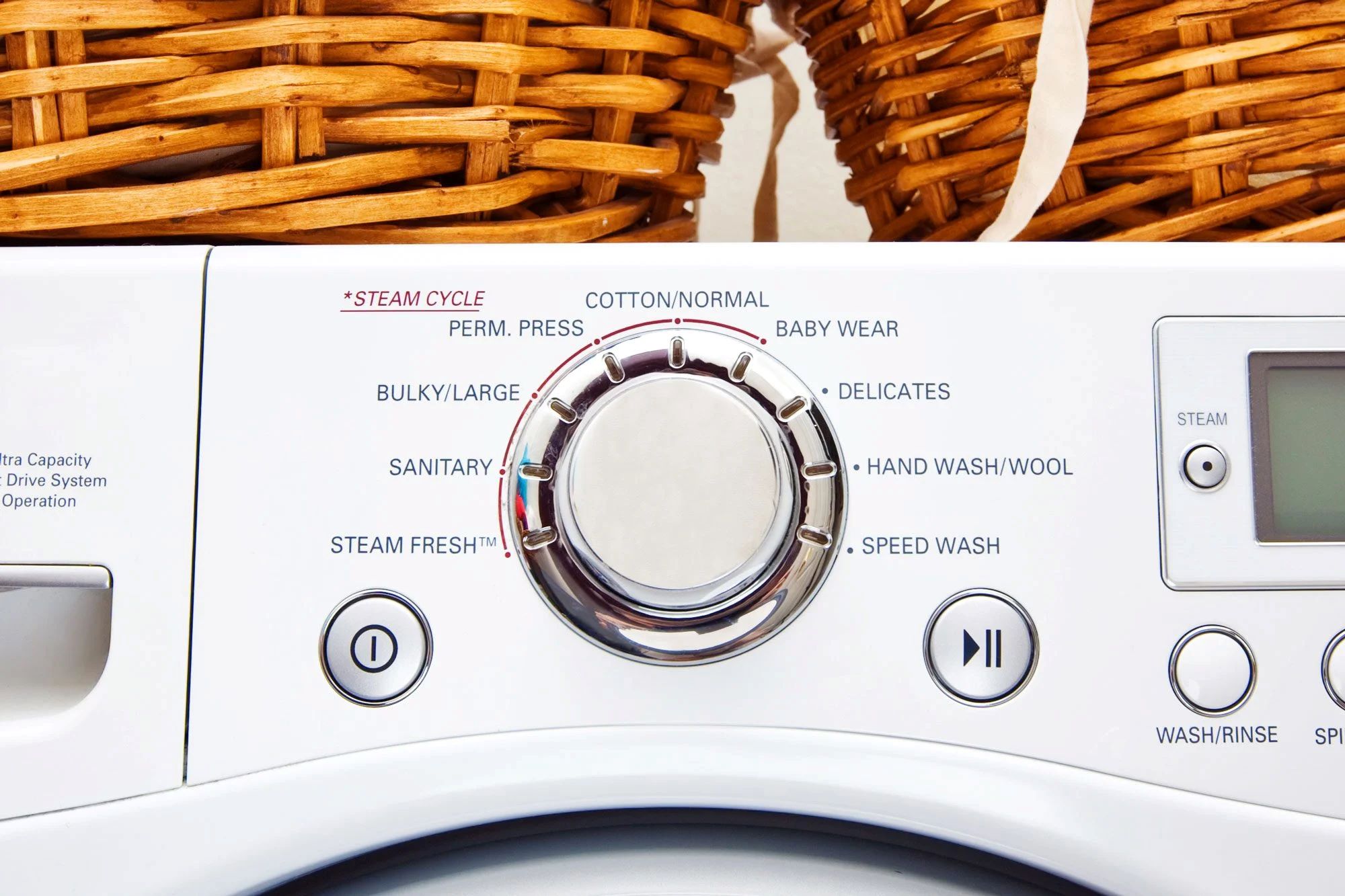
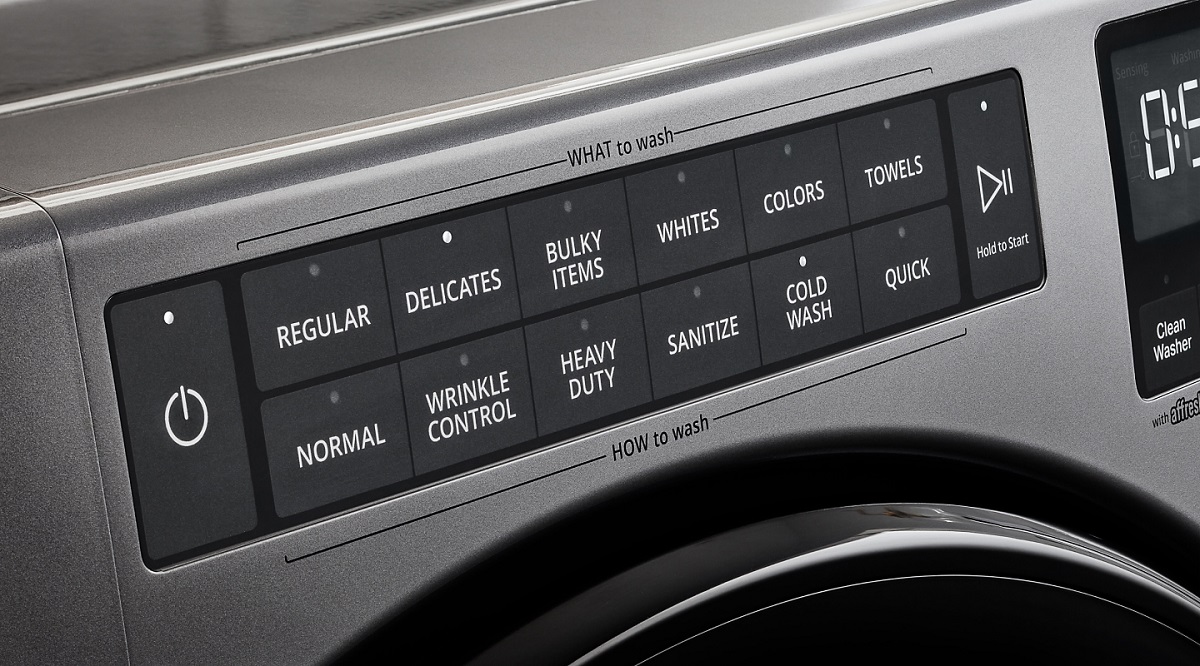
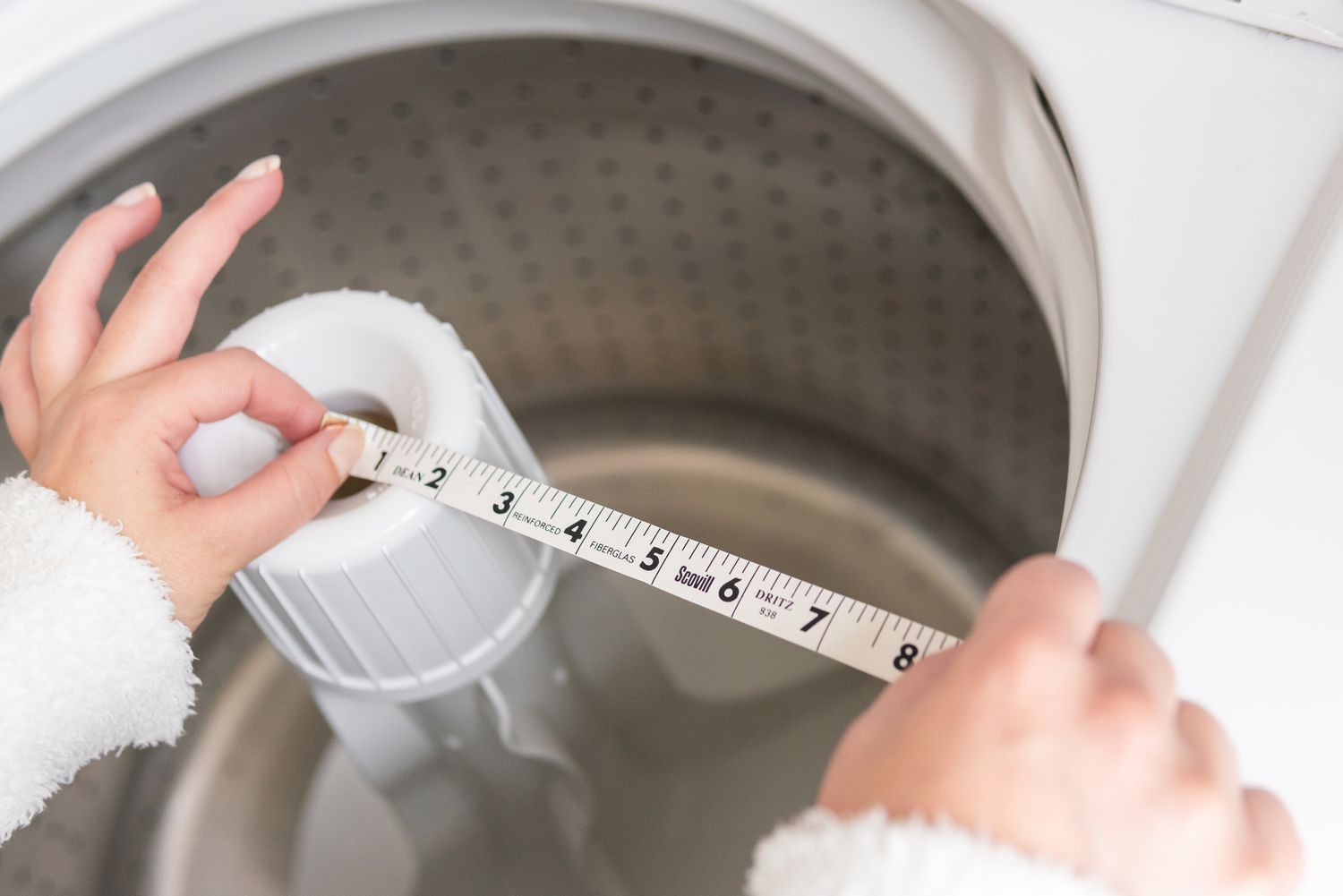
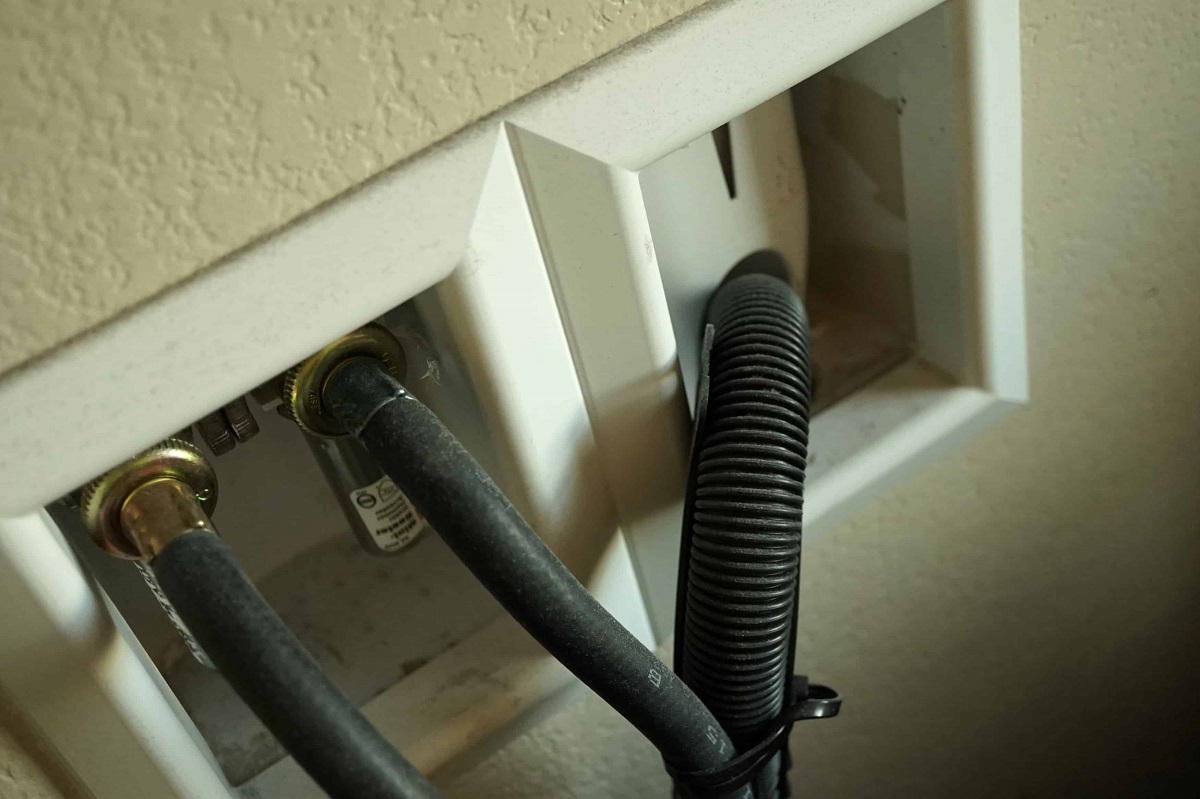
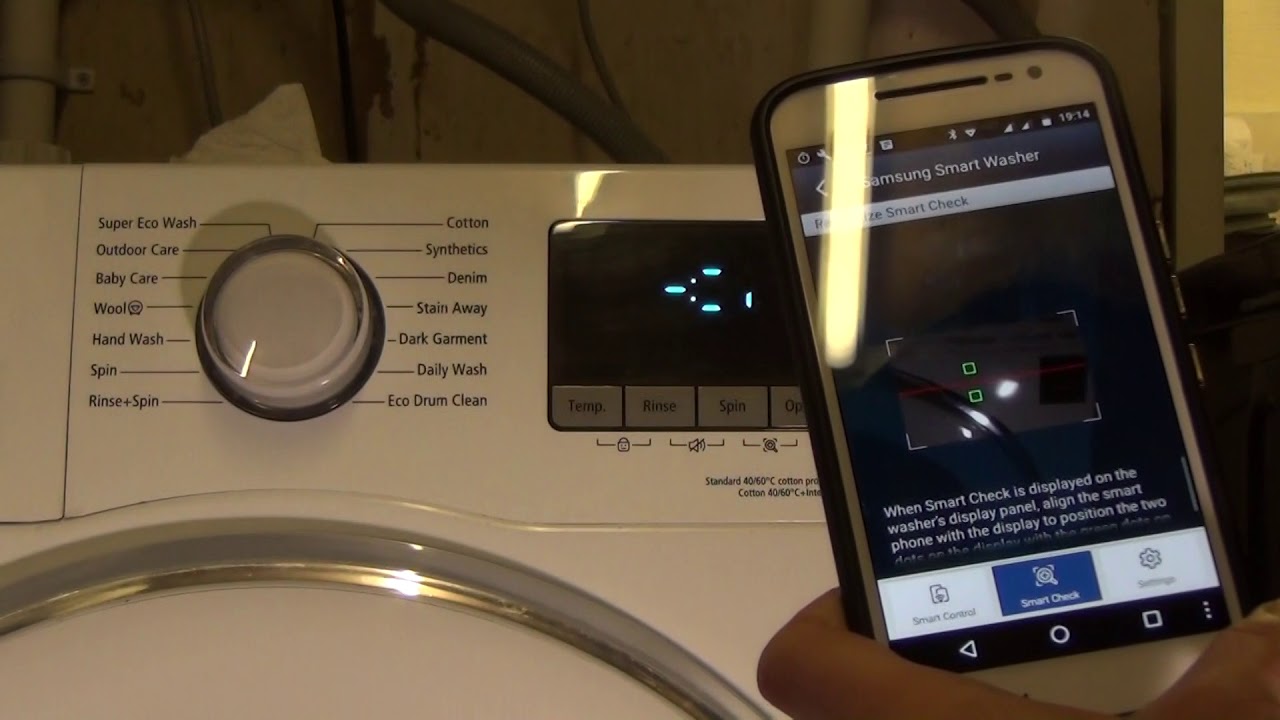
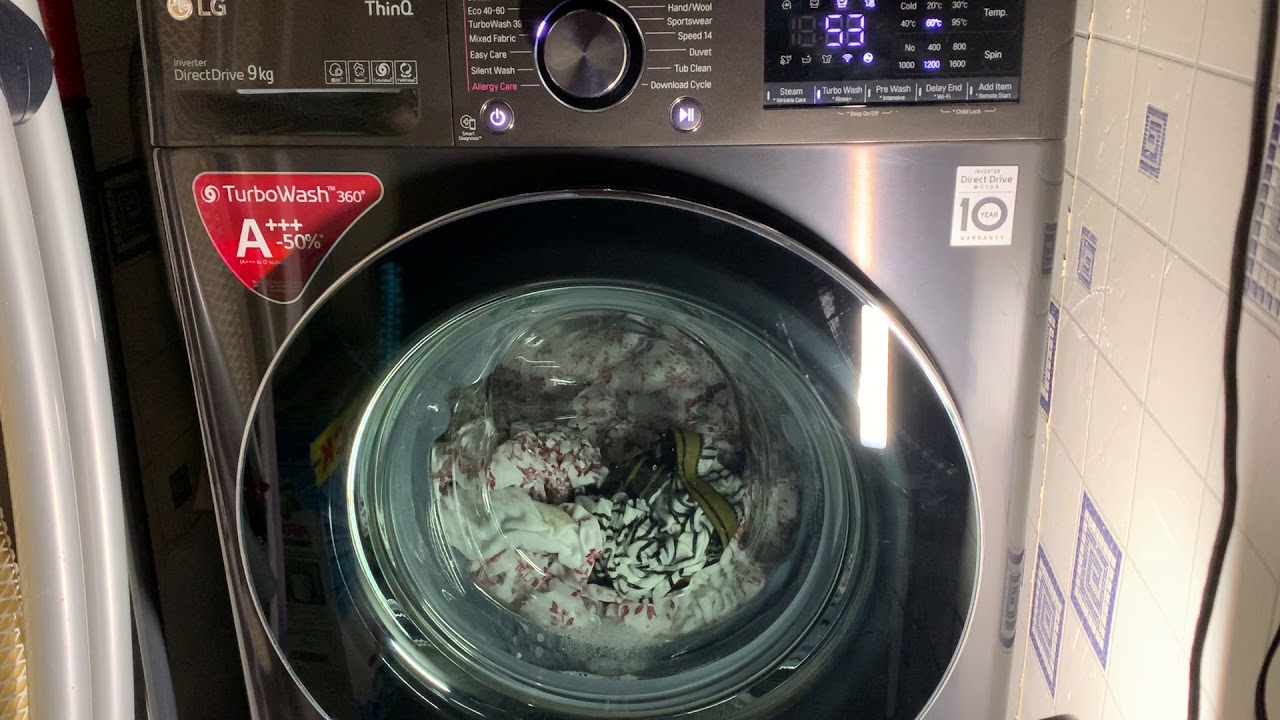
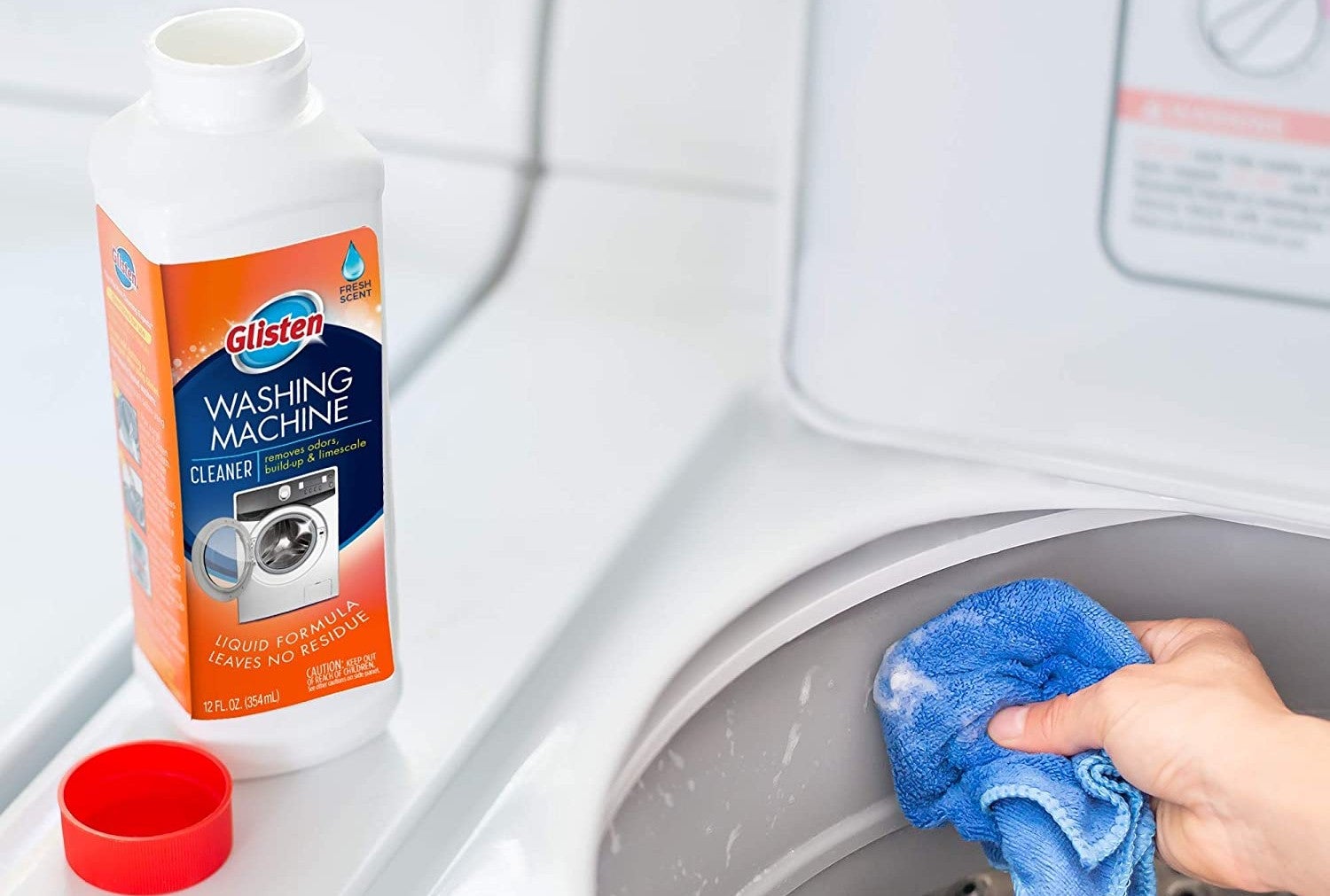

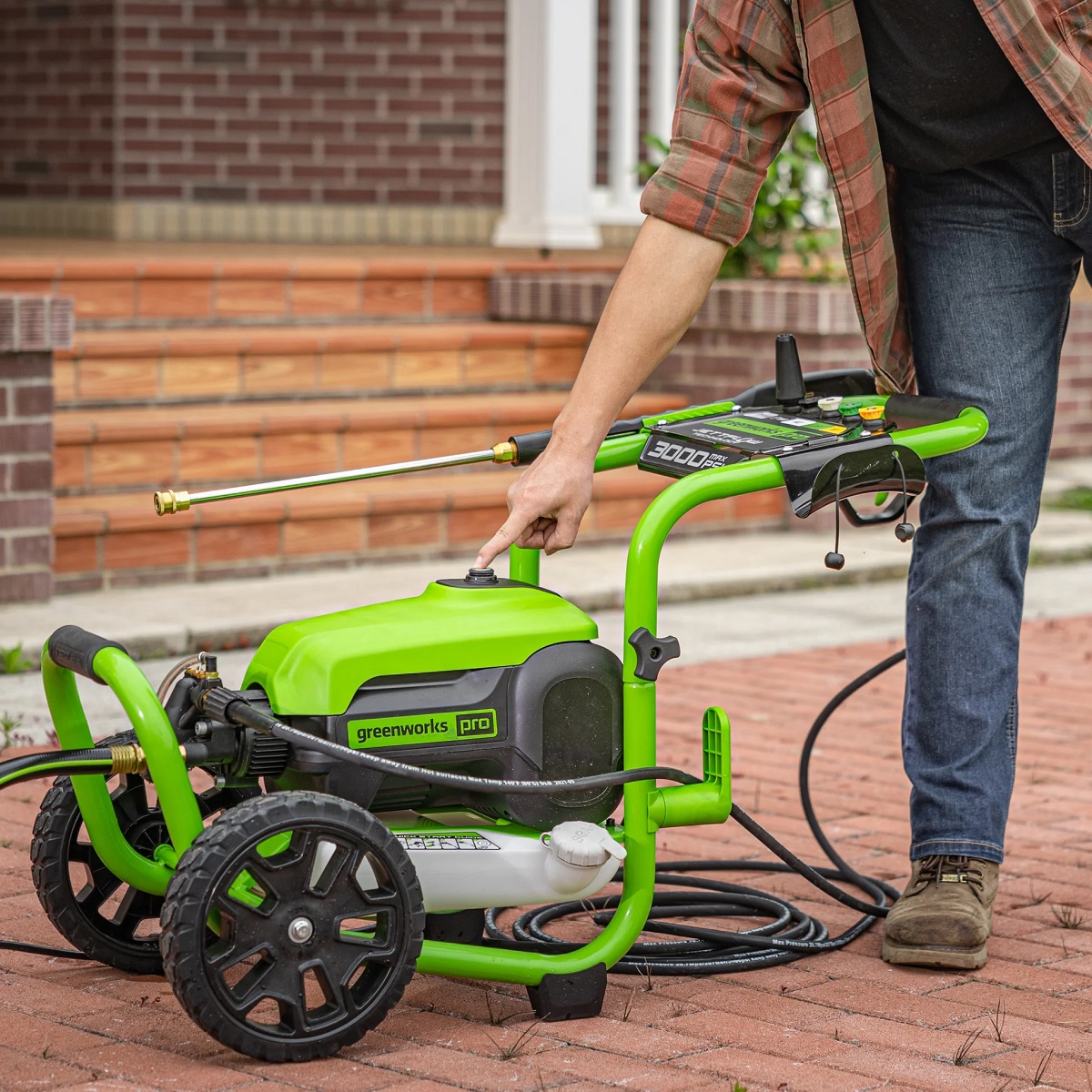
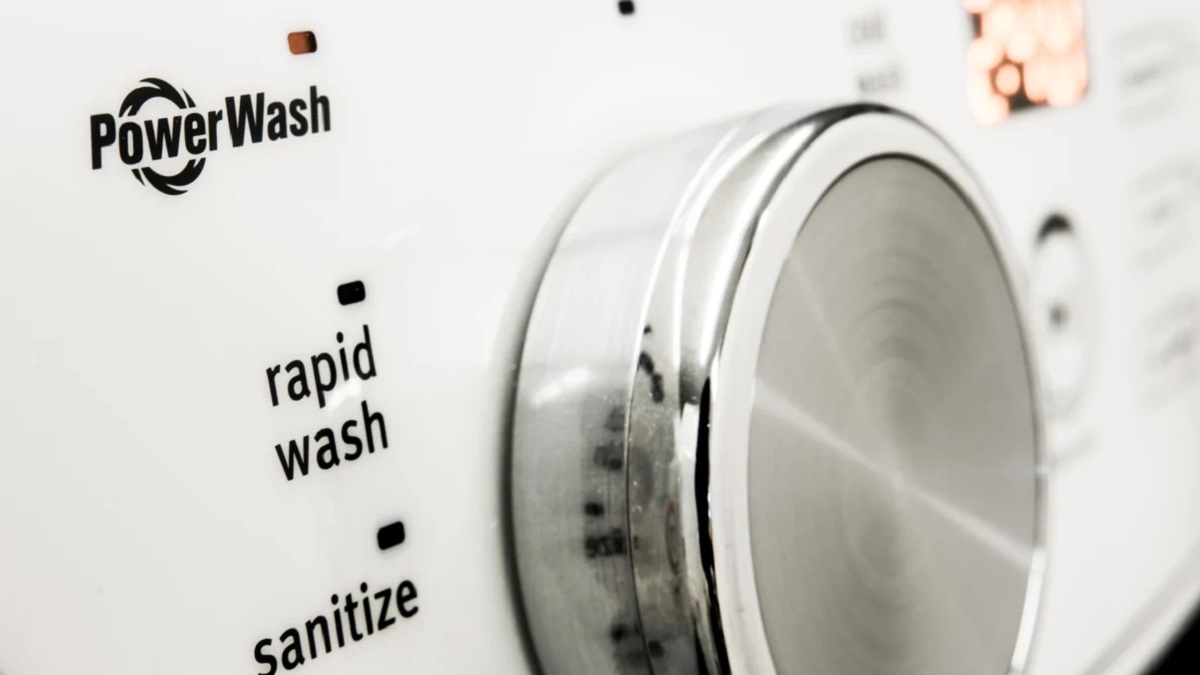
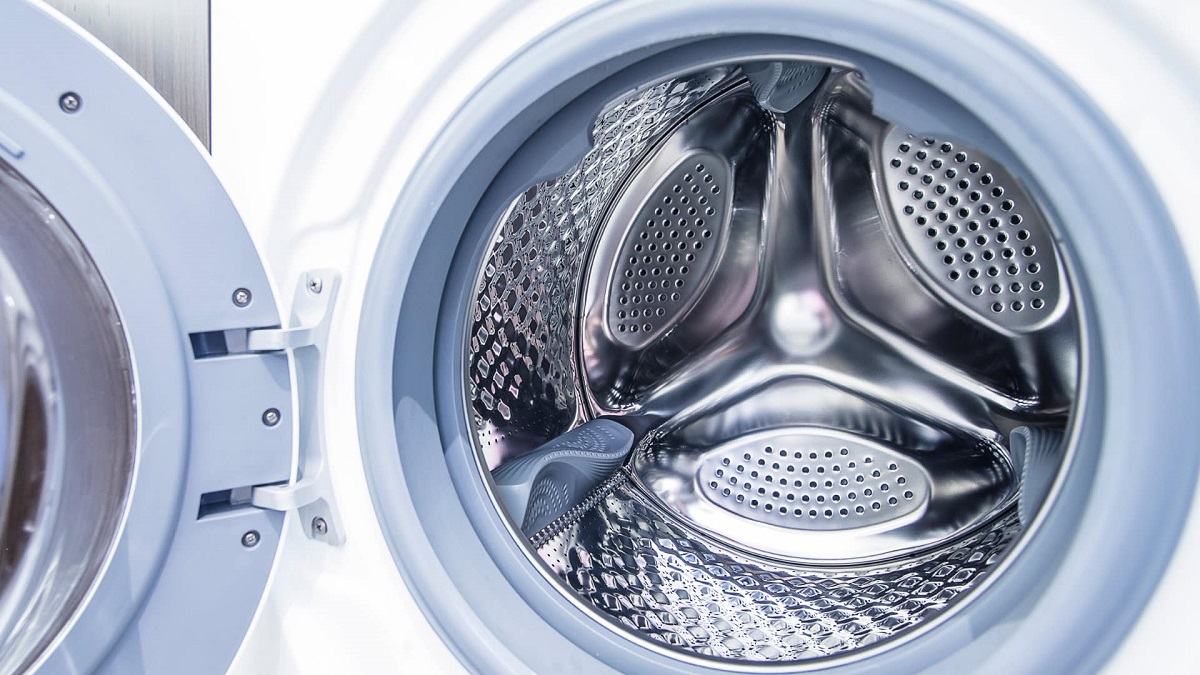
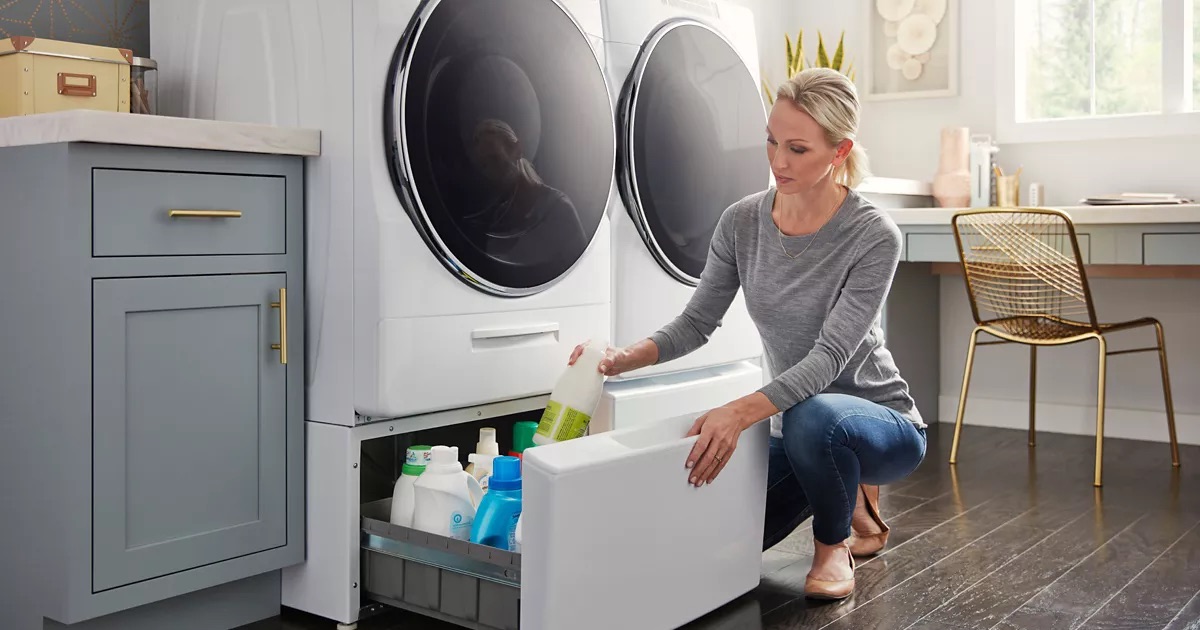

0 thoughts on “What Is A Washing Machine”